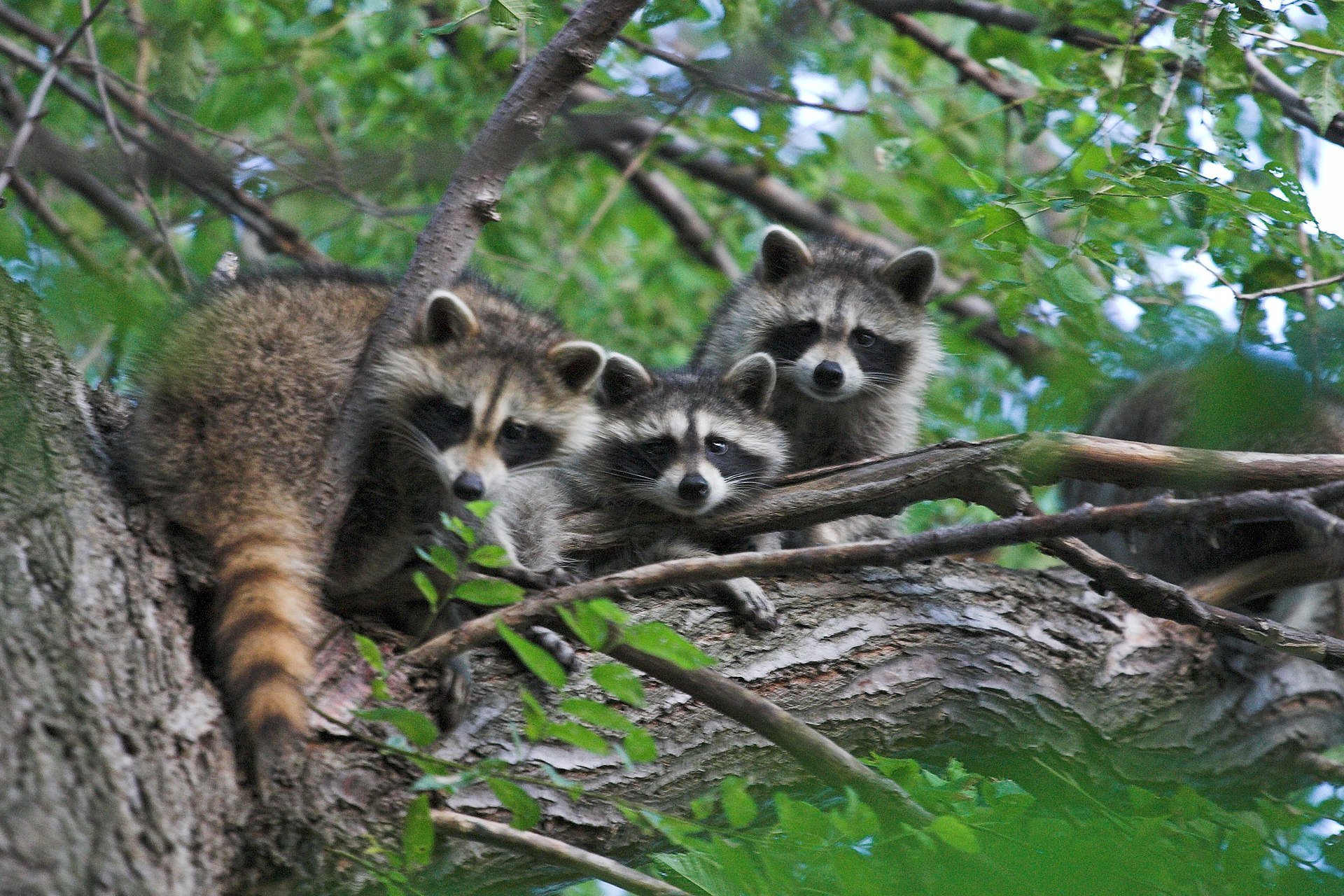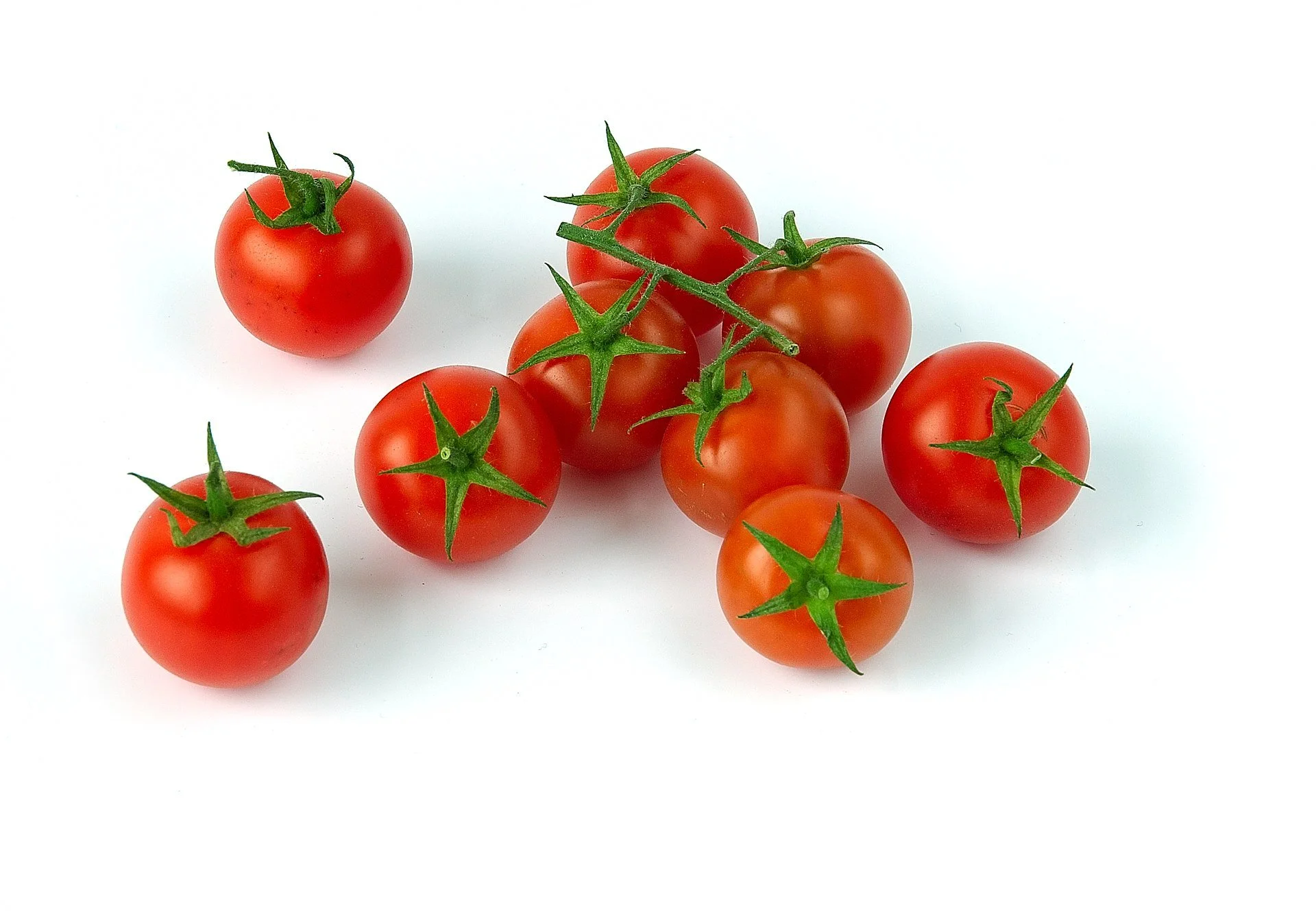Our clever masked neighbors
They’re watching you. The raccoon's social structure is said to be grouped into what Ulf Hohmann calls a "three-class society".
Adapted from Robert Whitcomb’s “Digital Diary,’’ in GoLocal24.com
As a reminder that humans are far from the only intelligent creatures around us, consider raccoons -- those wily, rather distant relatives of bears who have learned how to thrive in suburbia and cities. They may be smarter than dogs. We have some charming families of them near us in our Providence neighborhood. We see their heads pop out of holes in trees, stormwater culverts and other refuges. But cute as they are, don’t get too close to them. They’re wild animals, which can become very aggressive if they feel threatened, and you don’t want to be bitten or scratched by them. And, rarely, some contract rabies.
Their ability to get around our impediments in order to grab food seems to strengthen over the years. That may be because the smarter ones are more likely to survive and pass on their genes.
In any case, their dexterity and ingenuity (they’re good at opening trash cans, boxes and other manmade objects), not to mention their bank-robber-style masks, make them great fun to watch – from a few feet away. I love seeing them use their hands, or rather front paws, with five long, tapered fingers and long nails. They lack thumbs, so they can't grasp objects with one hand/paw as we can, but they use both forepaws together to lift and then manipulate objects with a curious elegance. If they also had opposable thumbs like us, we’d be in big competitive trouble.
Cherry tomatoes may give you the best value of vegetables you plant, at least within the limitations of city or suburban space. They grow fast, don’t take up much room and each plant produces lots of tomatoes, which serve as easy snacks. The main drawback is that they require a hell of a lot of water.
We recently planted a second crop, which should do well in our increasingly warm late summers and autumns. Maybe a third crop, too?
But raccoons, which are omnivorous like us, like tomatoes too. So you might want to sprinkle some Critter Ridder or similar product near your plantings.
Wildlife in unwild places
From Robert Whitcomb's "Digital Diary,'' in GoLocal24.com
I remain astonished by the number of rabbits in some affluent urban neighborhoods, such as the East Side of Providence. Far more than you’d see in many more rural areas. But rabbits are as opportunistic as most animals. These neighborhoods are relatively safe for most wild animals: Most dogs are leashed (though too many irresponsible cat owners let the pets run free to kill birds and small mammals), there’s plenty of water from residents’ irrigation systems and lots of plants to eat, albeit some with toxic levels of pesticides.
Thus the best places for some wildlife (raccoons come to mind) are in places that are anything but wild. Another sign of how humans have made the world topsy-turvy.




